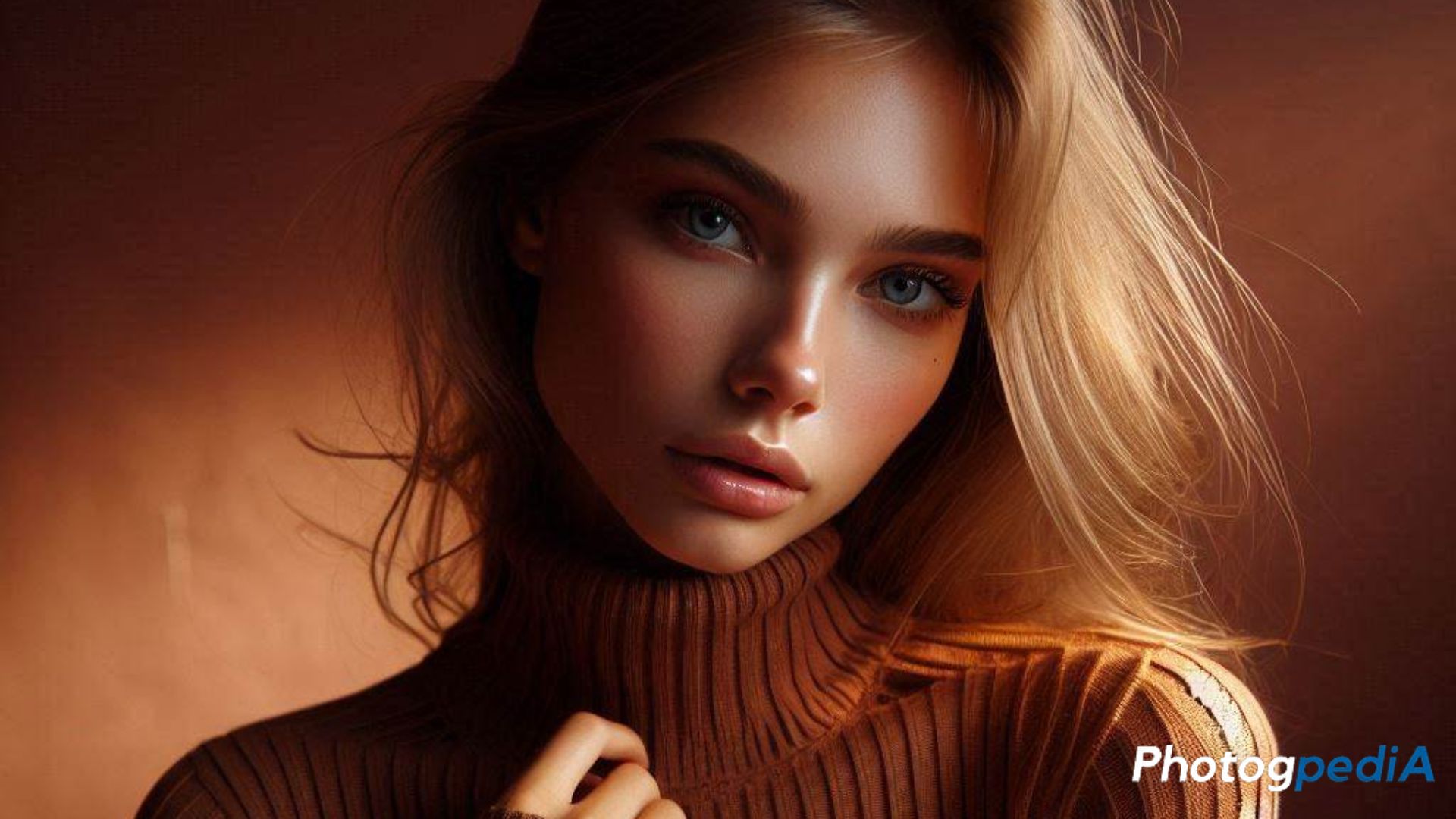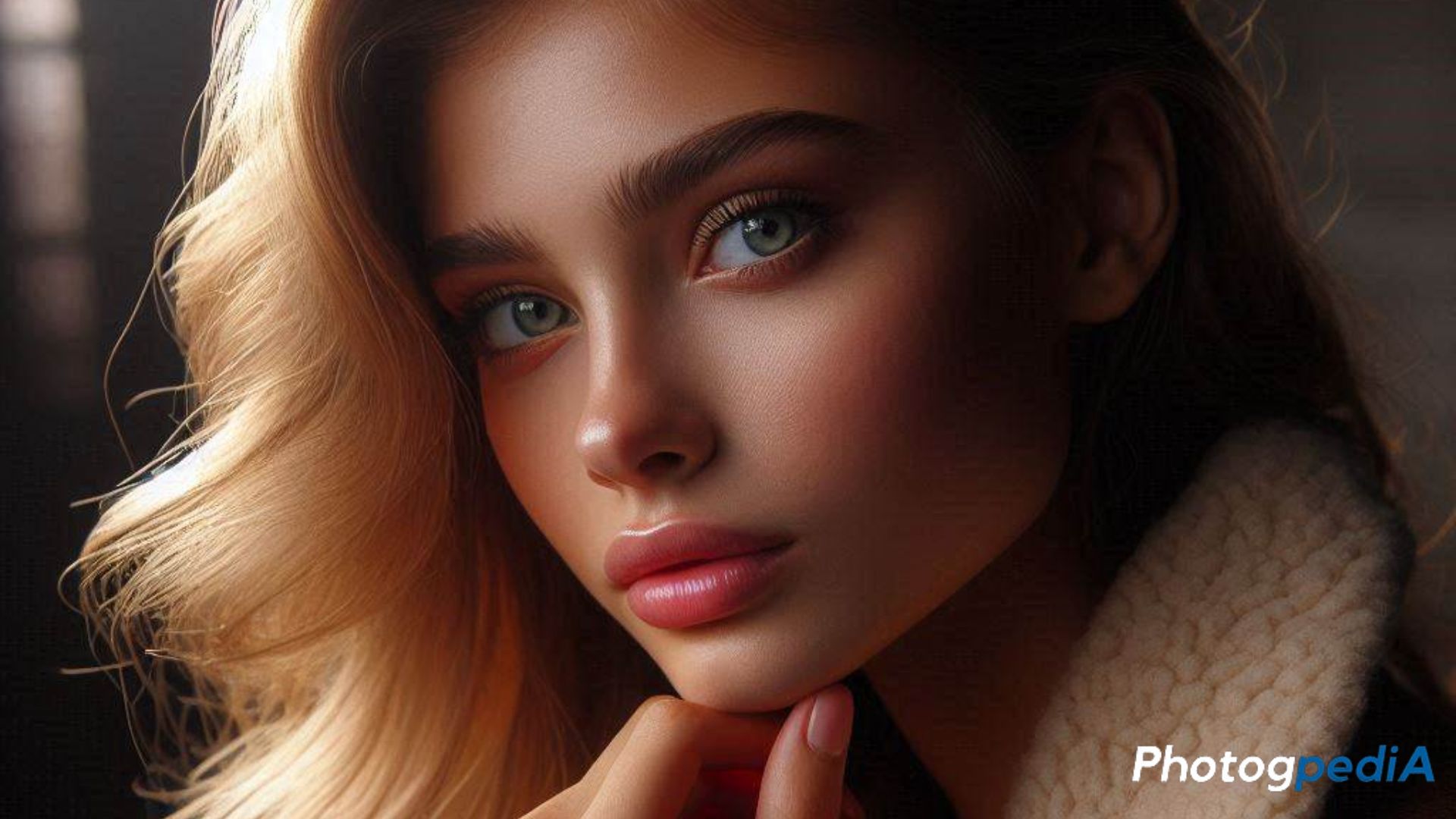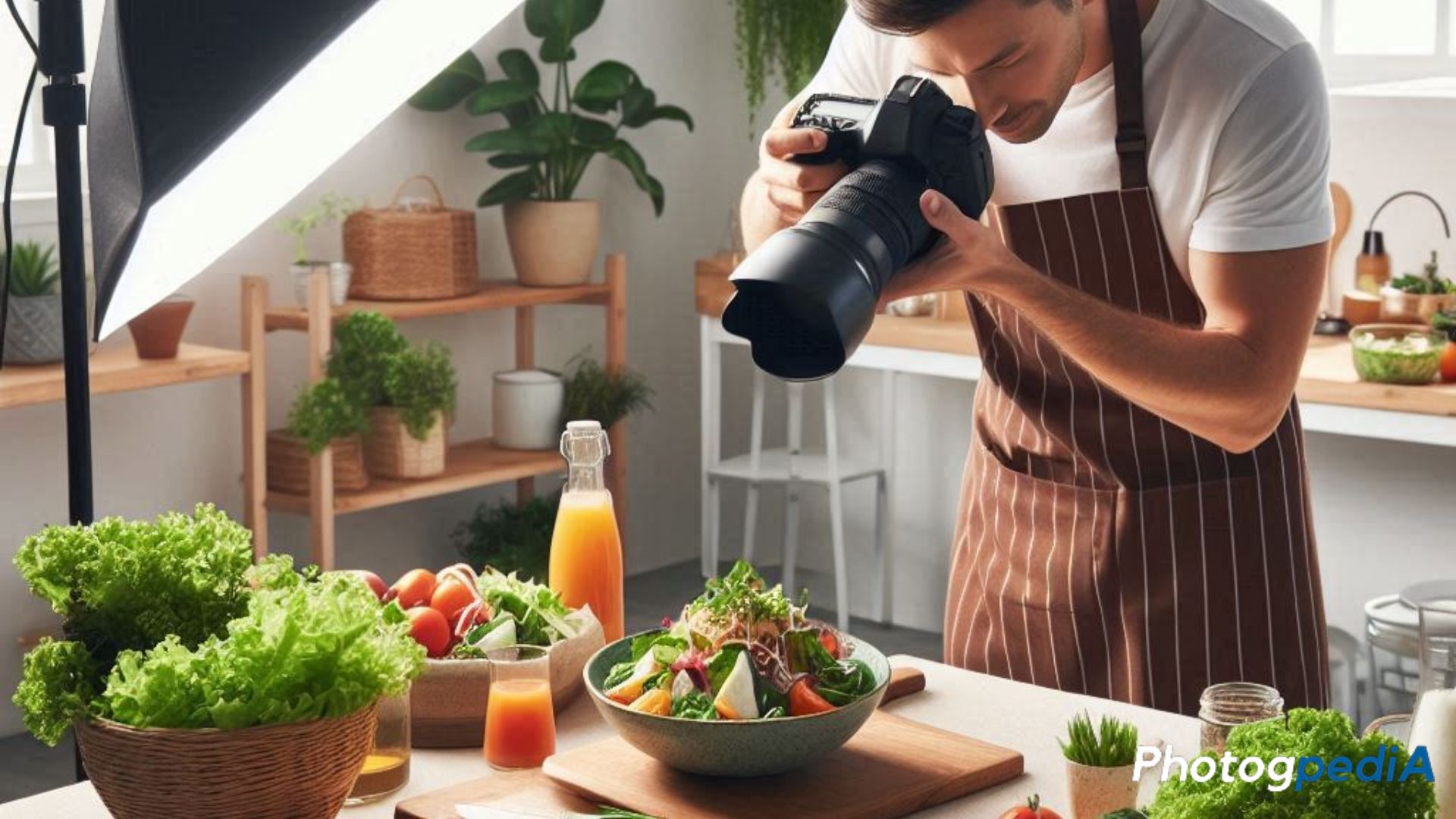As an amateur photographer with four years of experience in indoor photography and indoor lighting, I’ve encountered my fair share of lighting challenges. While studio lighting is a powerful tool for capturing stunning images, it can also be a source of frustration if not properly managed. In this article, we’ll delve into some common indoor lighting problems and explore effective solutions to elevate your photography.
Table of Contents
Importance of Proper Studio Lighting
Indeed, without the strategic deployment of light, even the most advanced camera and lens can fall short in capturing the full potential of a subject. Consequently, proper studio lighting becomes paramount in revealing the intricate details, vibrant colors, and captivating textures that define a photograph.
Furthermore, it empowers photographers to meticulously craft the desired mood and style, whether it’s a dramatic, high-contrast portrait or a soft, ethereal scene. Therefore, mastering the art of studio lighting is essential for any photographer seeking to elevate their work.
Common Lighting Issues Faced Indoors
Indoor lighting challenges can disrupt your workflow and, ultimately, your results. Let’s delve into the most frequent lighting issues encountered in studios:
Uneven Lighting
Throughout my four years of indoor photography, I’ve encountered a myriad of studio lighting challenges. One of the most persistent issues is undoubtedly uneven lighting. This often happens when relying solely on a single light source, resulting in stark contrasts between illuminated and shadowed areas. To mitigate this, I’ve learned the importance of strategically placing multiple light sources or using reflectors to redirect light into shadowed areas.
Harsh Shadows
Another common pitfall is the creation of harsh shadows, which can be both a blessing and a curse. While they can add drama and depth to a scene, they can also detract from the overall composition. Therefore, I’ve found that using softboxes or diffusers can effectively soften the light and reduce the intensity of shadows.
Color Temperature Mismatches
Color temperature mismatches can be particularly frustrating, as they can significantly impact the overall mood and atmosphere of a photograph. In fact, I’ve had instances where a seemingly minor difference in color temperature ruined an entire shoot. To avoid this, I now meticulously calibrate my lights and use color correction gels when necessary.
Insufficient Light for Dark Spaces
Insufficient light, especially in dark spaces, can lead to grainy and noisy images. To combat this, I’ve learned to utilize powerful lighting equipment and increase the ISO setting on my camera. However, it’s crucial to balance the need for more light with the potential for increased noise in the final image.
Glare and Reflections
Finally, glare and reflections can be particularly problematic when photographing glossy or reflective surfaces. To minimize these issues, I often use polarizing filters or adjust the angle of the light source. Additionally, using flags or gobos can help block unwanted light and reduce reflections.
Solutions to Uneven Lighting

As I mentioned prior, uneven lighting can be a major obstacle in achieving a polished and professional look. Fortunately, there are several effective techniques to combat this issue.
Using Diffusers and Reflectors
One of the most straightforward solutions is to employ diffusers and reflectors. Diffusers, such as softboxes, help to scatter light more evenly, reducing harsh shadows. Meanwhile, reflectors can be positioned to redirect light into shadowed areas, filling them in and creating a more balanced illumination.
Positioning Multiple Light Sources
Additionally, strategically positioning multiple light sources can significantly improve lighting consistency. By using a three-point lighting setup, for instance, you can create a balanced and well-lit scene. This involves placing a key light as the primary light source, a fill light to soften shadows, and a backlight to separate the subject from the background.
Solving the Problem of Harsh Shadows
Harsh shadows are a common but fixable issue. Here’s how:
Softbox and Umbrella Techniques
Softboxes, in particular, are renowned for their ability to produce a soft, diffused light that wraps around the subject. This soft, even illumination helps to minimize harsh shadows and create a flattering, three-dimensional look. Consequently, softboxes are ideal for capturing portraits with a smooth and ethereal quality.
On the other hand, umbrellas can be used to create either a softer or a more directional light, depending on their design. Shoot-through umbrellas produce a softer, more diffused light, similar to a softbox. Conversely, reflective umbrellas direct light more precisely, creating a more defined shadow and a higher contrast.
Adjusting Light Angles
One of the most effective ways to control shadows is by carefully adjusting the angle of your light sources. In fact, I’ve spent countless hours experimenting with different lighting setups to achieve the desired effect. For instance, I once spent the better part of an hour meticulously moving a light source around a subject to find the perfect angle that would create a soft, flattering light without harsh shadows.
Dealing with Color Temperature Mismatches
Matching color temperature is essential for a balanced, professional look.
Understanding the Kelvin Scale
The Kelvin scale is a crucial concept for photographers, as it measures the color temperature of light. This temperature, measured in Kelvin (K), directly influences the overall color cast of an image. For instance, a lower Kelvin temperature, like 2700K, produces a warmer, more orange-yellow light, often associated with incandescent bulbs. Conversely, a higher Kelvin temperature, such as 5500K, results in a cooler, bluer light, similar to daylight.
Personally, I’ve found that understanding the Kelvin scale has significantly improved my ability to control the mood and atmosphere of my photographs. By carefully selecting light sources with appropriate color temperatures and adjusting my camera’s white balance accordingly, I can ensure that my images accurately represent the scene I’m capturing.
Whether you’re shooting indoors or outdoors, it’s essential to be aware of the color temperature of your light sources. By mastering the Kelvin scale, you can take control of your photography and create stunning images that truly reflect your artistic vision.
Using White Balance Adjustments
To counteract color temperature discrepancies, white balance settings on cameras offer a powerful tool. In fact, most cameras provide a variety of preset white balance options, such as daylight, tungsten, fluorescent, and cloudy. These presets can effectively correct color casts under common lighting conditions. However, for more precise adjustments, many cameras also offer a custom white balance setting.
Fixing Insufficient Lighting in Dark Spaces
If you have dark areas in your studio, try these solutions:
Selecting High-Power Lights
When it comes to studio lighting, high-power LED lights are a game-changer. These energy-efficient powerhouses offer significantly stronger illumination compared to traditional lighting options. As a result, they can effortlessly fill in shadows, brighten dark corners, and create dramatic lighting effects.
Adding Additional Light Sources
If you find that a single light source isn’t providing adequate illumination, consider adding more lights to your setup. By layering multiple light sources with varying intensities, you can create a more balanced and dynamic lighting scheme. For instance, you can use a key light to illuminate your subject, a fill light to soften shadows, and a backlight to separate the subject from the background. Ultimately, experimenting with multiple light sources can help you achieve a wider range of lighting effects and elevate your photography.

Managing Glare and Reflections
Glare and reflections can be one of the significant studio lighting problems and finding solutions to it may not come instinctively. Especially when photographing reflective surfaces like glass or metal. However, by understanding the underlying principles and implementing effective techniques, you can minimize their impact and create stunning images.
Using Polarizing Filters
Polarizing filters are a powerful tool for reducing glare and reflections. By selectively filtering light waves, these filters can significantly reduce the intensity of reflections, resulting in clearer and more detailed images. Personally, I’ve found that using a polarizing filter can be particularly helpful when photographing landscapes with water or cityscapes with glass buildings.
Adjusting Light Position and Distance
Additionally, adjusting the position and distance of your light sources can help to mitigate glare. By moving the lights further away from the reflective surface, you can reduce the intensity of the reflections. Furthermore, experimenting with different angles can help to bounce light away from the camera and minimize the impact of reflections. For example, by positioning a light source at a low angle, you can create dramatic reflections that add depth and interest to your image.
Tips for Perfect Studio Lighting Setup
Consistency is the backbone of the solutions to common indoor lighting problems. Here’s how you can refine your setup:
Choosing the Right Equipment
Invest in reliable lighting gear, such as LED panels, softboxes, and reflectors. These tools make adjusting light easier and improve the quality of your photos.
Experimenting with Lighting Ratios
Lighting ratios are the comparison between main and fill lights. Experimenting with different ratios can help you achieve various looks, from high-key (bright and even) to low-key (moody and dramatic).
Importance of Background Lighting
Background lighting is a crucial aspect of studio photography, playing a significant role in enhancing the overall composition and mood of an image. By strategically illuminating the background, you can create a visually striking separation between your subject and the surrounding environment. This is particularly important when addressing common indoor lighting problems and solutions.
One effective technique is using hair lights or spotlights to illuminate the hair or the edges of the subject. This subtle lighting technique can add a dramatic flair to your images, drawing attention to the subject and creating a more polished and professional look. By mastering the art of background lighting, you can elevate your indoor photography and create images that truly stand out.
Budget-Friendly Lighting Solutions
Not every photographer has the luxury of a high-end studio setup. However, even with a limited budget, you can give solutions to the common indoor lighting problems.
Natural Light is a fantastic free resource that can be harnessed to create stunning photographs. By positioning your subject near a window or outdoors, you can take advantage of soft, natural light. Additionally, using reflectors to bounce light into shadowed areas can help to create more balanced and evenly lit images.
Low-cost LED lights have become increasingly popular among photographers due to their affordability and versatility. These lights are energy-efficient, durable, and offer a wide range of color temperature options.
Remember, creativity and experimentation are key when working with a limited budget. By understanding the principles of light and shadow, you can make the most of your available resources and produce professional-quality images.
Top Lighting Brands to Consider
When it comes to investing in quality indoor lighting, it’s essential to choose reputable brands that offer reliable and durable products. Here are a few top brands to consider:
- Godox: Known for their exceptional value for money, Godox offers a wide range of indoor lighting solutions to the key problems you face, from affordable starter kits to professional-grade strobes. Their products are compatible with various accessories and brands, making them a popular choice among photographers.
- Neewer: A budget-friendly option without compromising on quality, Neewer provides a diverse range of lighting equipment, including softboxes, reflectors, and LED lights. Their products are ideal for beginners and hobbyists who are looking to experiment with different lighting techniques.
- Profoto: Renowned for their high-quality and innovative lighting solutions, Profoto is a preferred choice among professional photographers. Their products are known for their exceptional build quality, consistent color temperature, and powerful output. However, they come with a higher price tag.
- Aputure: A leading brand in LED lighting technology, Aputure offers a wide range of versatile and powerful LED lights. Their products are perfect for both photography and videography, providing a wide color temperature range and customizable light output.
Conclusion
After understanding the in’s and out’s of common indoor photography problems and solutions you already know that lighting is a game-changer in photography and videography. By understanding common problems and their solutions, you can achieve exceptional results. Whether you’re dealing with shadows, glare, or color mismatches, these solutions and tips will help you create professional-quality images. Keep experimenting and refining your setup to find what works best for your unique style.
FAQs
- What’s the best way to reduce shadows in studio lighting?
Softboxes and diffusers can reduce shadows effectively by spreading light evenly.
- How do I match color temperatures in studio lighting?
Using lights with similar Kelvin values or adjusting white balance in-camera can achieve a consistent temperature.
- What equipment do I need for budget studio lighting?
Affordable options include LED panels, ring lights, and natural light diffusers like soft fabrics.
- How can I prevent glare in product photography?
Polarizing filters and adjusting the light angle reduce glare on reflective surfaces.
- Which lighting brand is best for beginners?
Brands like Neewer and Godox offer quality, budget-friendly options suitable for beginners.
About the Author
Hi, I’m Mark – an amateur photographer that first started in 2020. I particularly capture action figures in miniature settings and dioramas. You can follow more of my work at the following social media channels:
- Instagram – iselandmarkventures
- Facebook – iselandmarkventures
YouTube – The Iselandmarkventures

